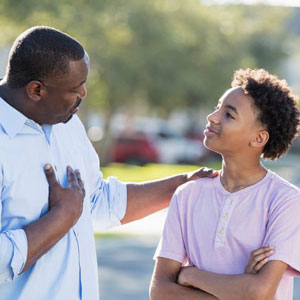How to Handle Head Lice
en español: Primeros auxilios: Piojos
Medically reviewed by: Larissa Hirsch, MD
Head lice are tiny, wingless insects that can attach to a person's hair, where they feed on tiny amounts of blood drawn from the scalp. Head lice, while annoying, aren't dangerous and they don't spread disease.
What Are the Signs & Symptoms of Head Lice?
Signs of head lice can include:
- an itchy scalp
- nits (lice eggs that look like tiny grey or yellow-white oval speck) on the hair shaft close to the scalp
- lice (gray or reddish brown tiny insects) on the hair shaft
- small red bumps on the scalp
What Should I Do if My Child Has Head Lice?
A doctor will recommend a medicated rinse or lotion to kill the lice. It's important to follow the directions for these products exactly because applying too much or too often can be harmful. Also check the instructions to see if the medicine should be reapplied after a certain number of days.
Here are some ways to get rid of lice and their eggs around the house:
- Check everyone in the house for lice and get treatment if needed.
- Wash all bed linens and clothing in very hot water, then put them in the hot cycle of the dryer for at least 20 minutes.
- Dry clean any clothing, bed linens, and stuffed animals that aren't machine washable.
- Vacuum carpets and any cloth-covered furniture in your home or car.
- Discard hair-care items or soak them in rubbing alcohol for 1 hour, then wash them in hot soapy water.
- While not necessary, you can remove nits from hair with a fine-tooth comb.
When Should I Call the Doctor About Head Lice?
Call the doctor if your child:
- shows any signs of having lice
- is constantly scratching or complains of itching that doesn't go away
- has scalp redness, swelling, bleeding, or pus
- has swollen lymph nodes
What Can Help Prevent Head Lice?
You can help protect your kids from head lice by teaching them to:
- avoid head-to-head contact with other children
- not share combs, brushes, hair ties, hats, etc.
- not lie on bedding, pillows, and carpets that have recently been used by someone with lice
Medically reviewed by: Larissa Hirsch, MD
Date reviewed: November 2024


